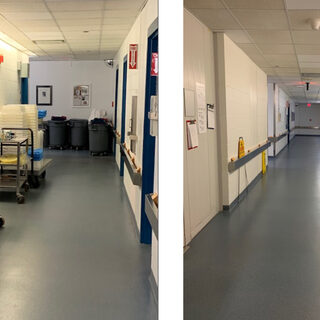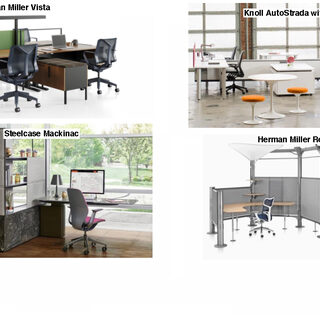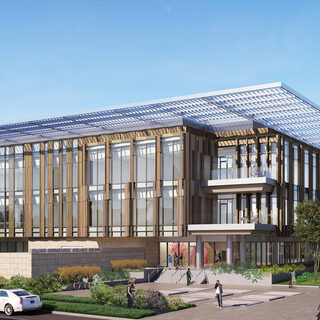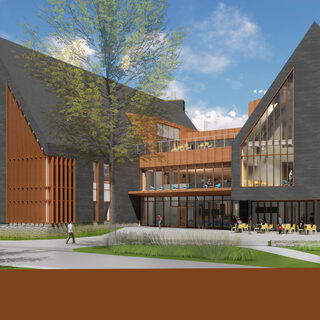Tradeline's industry reports are a must-read resource for those involved in facilities planning and management. Reports include management case studies, current and in-depth project profiles, and editorials on the latest facilities management issues.
Latest Reports
Construction Environment Roundtable
To keep apprised of the dynamics in the current construction environment, Vermeulens, a professional services firm focused on construction cost estimation and pre-construction cost control, has scheduled twice-weekly virtual roundtable discussions with industry leaders in Central and East Coast regions to identify ongoing trends, influencing factors, construction administration issues, and the market outlook in the construction industry. Economic indicators are in flux, and while employment in construction seemed to have avoided the drop seen in other sectors through mid-March, a survey conducted by the Associated General Contractors of America (AGC) shows that conditions are worsening, with 55 percent of the 1,600 repondents nationwide reporting they had been directed to hault work on at least one project, and 27 percent have furloughed or terminated construction workers. The next federal jobs report, which will be issued at the end of April, will provide a truer picture, says James Vermeulen, managing principal of Vermeulens.
Vivarium Embarks on Lean Journey
Roughly a year and a half into a major Lean initiative, the vivarium at Cincinnati Children’s Hospital Medical Center has reduced its operating budget by at least 25 percent, cut overtime by more than 60 percent, and closed a 15,000-sf satellite, moving all employees into the original facility. Still a work in progress, the streamlining effort is applying a blend of Lean concepts and holistic, out-of-the-box thinking, with careful attention to both the hard and soft side of operations. Among the efficiencies instituted are a revamped cagewash schedule, staff trained in basic colony management, and the redesign of animal holding rooms so that PIs and husbandry personnel can comfortably work in the same space simultaneously.
Selecting Furniture to Optimize Functionality and Efficiency of Evolving Workplaces
As workplace environments continually change to accommodate the diversity of today’s employee workstyles, choosing the most appropriate furniture is an increasingly important aspect of the design process. While furniture selection may have been an afterthought in the past—a decision to be considered only after a building was constructed or renovated—many organizations now realize the value of putting furniture selection on the front burner. Furniture can impact workplace change initiatives by empowering employees, improving employee satisfaction and productivity, enhancing collaboration, and improving overall organizational efficiencies. The selection and placement of furniture—from standing desks, height-adjustable tables, room dividers, storage space, and myriad seating options—are now being aligned with an organization’s objectives.
Neuroscience Research Facilities Blend Individual Research Hubs and Novel Interdisciplinary Spaces
Research into the causes of and potential treatments for neurodegenerative diseases has always been inherently multidisciplinary, combining basic sciences with numerous medical specialties. At the same time, neuroscience research requires a variety of targeted specialized spaces. Facilities that support that research, therefore, must be designed to accommodate both the interdisciplinary and the specialized. “As we approach these projects, we need to have a completely open mindset and expect the unexpected,” says Alex Munoz, SmithGroup princpal and senior lab planner. “The facilities must be designed with flexible standards that are both highly specialized for current research and capable of being relevant in the future.”
Southern New Hampshire University Builds New Home for College of Engineering, Technology and Aeronautics
As Southern New Hampshire University (SNHU) experiences exponential growth of its online programs, it continues to invest in its physical campus, most notably in a new college of engineering. While the university is not looking to increase its on-campus enrollment, it is expanding its offerings on its Manchester, N.H., campus, with new facilities, an academic quad, two new residence halls, and a large greenspace. The centerpiece of this investment is the $45 million, 68,000-sf College of Engineering, Technology and Aeronautics (CETA), the first new academic building added to the Manchester campus in over a decade. The CETA building, which opened in January, is SNHU’s first new facility devoted to engineering technologies, and will help expand access to STEM education in the New England region.





